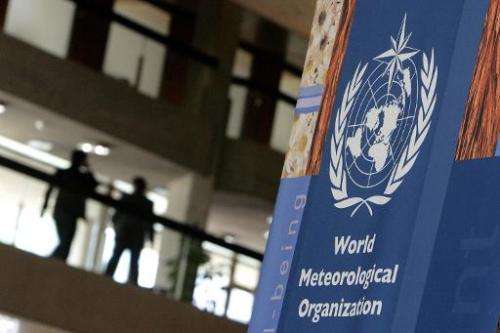Weak El Nino possible by mid-2014, WMO says

The Pacific Ocean could see a warming El Nino climate phenomenon emerge by the middle of this year, the UN's weather agency said Thursday.
"Current model outlooks further suggest an enhanced possibility of the development of a weak El Nino around the middle of 2014," the World Meteorological Organization (WMO) said.
For the first few months of this year, meanwhile, the WMO said there was a slight possibility of a weak and brief appearance of the El Nino's mirror image La Nina, which cools the ocean.
But overall, there is a strong likelihood that conditions in the Pacific will remain neutral, with neither an El Nino or La Nina observed.
The picture for the remainder of the year remains hazy, the WMO underlined.
"Some caution should be exercised when using long-range outlooks made at this time for the middle of the year and beyond," it said.
The name El Nino is believed to have been coined in the 19th century after Peruvian fisherman observed it around Christmas—the word is Spanish for "boy", in reference to the infant Jesus Christ.
La Nina, the word for "girl", was devised later to label the reverse phenomenon.
Both are significant markers of global climate fluctuations.
El Nino occurs every two to seven years, when the trade winds that circulate surface water in the tropical Pacific start to weaken.
The outcome is a major shift in rainfall, bringing floods and mudslides to usually arid countries in western South America and drought in the western Pacific, as well as a change in nutrient-rich ocean currents that lure fish.
The last El Nino lasted from June 2009 to May 2010.
El Nino is often followed by a return swing of the pendulum with La Nina, characterised by unusually cool ocean surface temperatures in the central and eastern tropical Pacific, the last of which ended in April 2012.
The two climate patterns are watched carefully by scientists who say that, while they are not caused by climate change, rising ocean temperatures caused by global warming may affect their intensity and frequency.
© 2014 AFP




















